Channel 4’s Catching a Killer offered the rare TV spectacle these days of a middle-aged white male copper leading a murder inquiry. Then again, it was a documentary rather than a drama. In its resolutely sober way, it also proved a riveting one, if at times piercingly sad.
The programme followed the Thames Valley police as they investigated the killing of Adrian Greenwood in April 2016. The fact that Greenwood was an Oxford historian and book-dealer, and that the motive was the theft of a first edition of The Wind in the Willows, led one detective to suggest early on that ‘It’s like an episode of Morse.’ In the event, it proved a lot more straightforward, and a lot grimmer, than that.
Greenwood was found stabbed around 30 times in the blood-splattered hallway of his house, with the handle of a knife — although not the blade — close to his body. ‘It does appear at this stage that he has been attacked,’ explained senior officer Kevin Brown, clearly not a man to make any unnecessary assumptions. A post mortem also showed signs of torture. ‘Adrian had such energy and fire,’ said a female friend. ‘To think of him suffering like that… It keeps going through my mind.’
A scrupulous search of the house revealed that of all the valuable books Greenwood was offering for sale on eBay, the only one missing was that first edition of The Wind in the Willows, worth £50,000. But his phone had been stolen too, and by tracking its movements the police established that it was taken to Peterborough before being removed from the network. Now all they had to do was to use CCTV footage to find out which of the 5,000 cars that had been in Oxford at the relevant time followed the same route.
Luckily, only one did. Its owner was Michael Danaher, who two years before had been a senior manager living with his wife and children. When the police found him, he was unemployed, divorced, broke and in a one-bedroom flat. On his arrest, he told them that he’d recently attempted suicide — but ‘sadly, I woke up’.
For a while, it even seemed as if Danaher might be worthy of a spot of sympathy himself. Yet, the longer the programme went on, the more callous he turned out to be, maintaining a stout ‘no comment’ as the evidence against him piled up to Himalayan proportions. His flat, for example, contained not only Adrian Greenwood’s missing copy of The Wind in the Willows but also a knife blade covered in Adrian Greenwood’s blood.
The most callous thing of all, though — which left even the preternaturally calm Kevin Brown aghast — was that by continuing to plead innocence, Danaher placed his 14-year-old son Ryan in an unimaginably agonising position. Two days after the murder, during Ryan’s weekend visit, Danaher had flourished a rare copy of The Wind in the Willows and proudly related how he’d beaten off a couple of knife-wielding thugs in Southend — hence the wounds on his hands. Because of his dad’s refusal to confess, Ryan had to tell the police all about the visit, not realising until later that he was acting as a crucial prosecution witness against the father he idolised.
Faced with this material, many documentaries might have clunked us over the head with how sensational and heart-rending it was. This one, by contrast, dispensed with a narrator and let the story emerge at its own stately pace — which of course only increased the impact.
But, of course, too, programmes like this, with such privileged access to the police, do raise some annoyingly unignorable questions. For one thing, the cameras were around from the moment the body was discovered. So were the makers — and the police — just lucky that the case worked out so well for them? Or do TV crews now turn up at a range of murders and abandon the ones that aren’t so neatly solved?
Meanwhile, the police, as ever, came across as a dazzling combination of brilliant sleuths and unfailingly courteous human beings. Sadly, a Google search was unable to establish who once said (I’m pretty sure) that ‘the camera often creates the reality it purports only to depict’. It did disclose, however, that in the Greenwood case the police arrested somebody else before Danaher — a fact that didn’t make the final edit here. It was also hard not to wonder whether, if the cameras hadn’t been there, the officers would have had such a beautifully developed bedside manner. (‘Just take a seat for me, Michael.’)
Catching a Killer was still a highly effective piece of film-making. But perhaps what we need now is a documentary about this kind of documentary, so that we can finally learn what levels of trade-off go into making them.
Got something to add? Join the discussion and comment below.
Get 10 issues for just $10
Subscribe to The Spectator Australia today for the next 10 magazine issues, plus full online access, for just $10.
You might disagree with half of it, but you’ll enjoy reading all of it. Try your first month for free, then just $2 a week for the remainder of your first year.

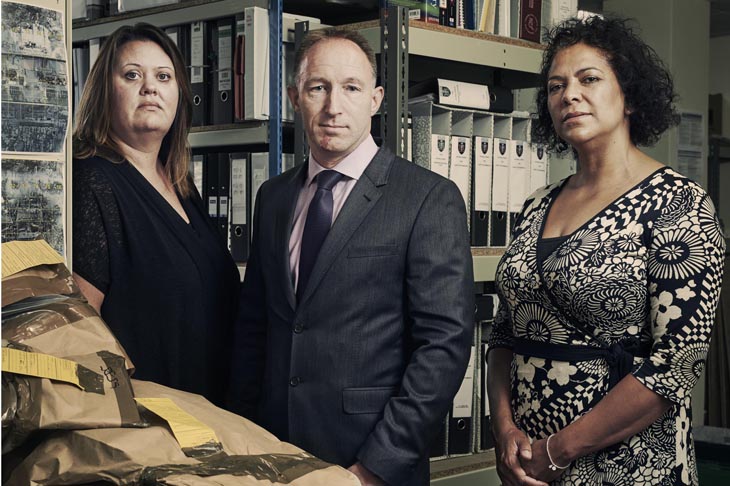
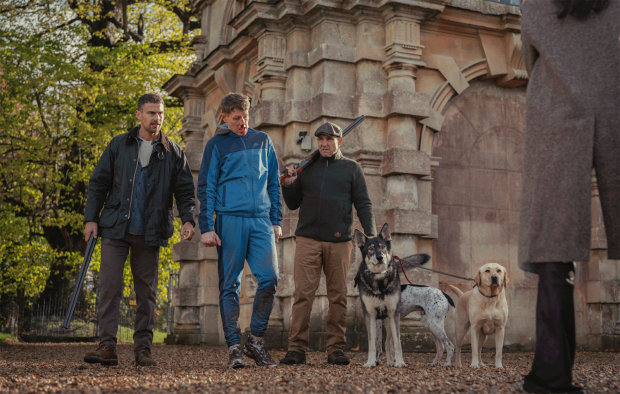
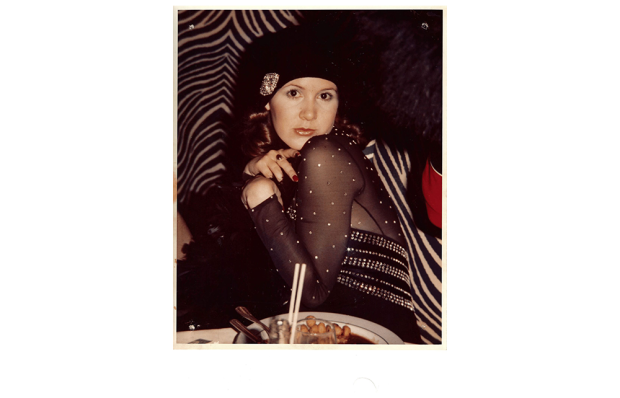
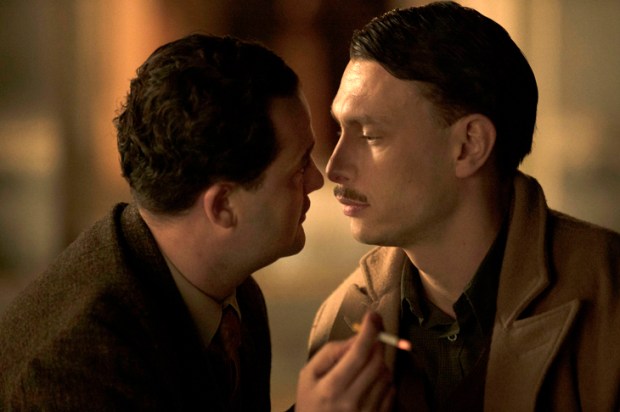

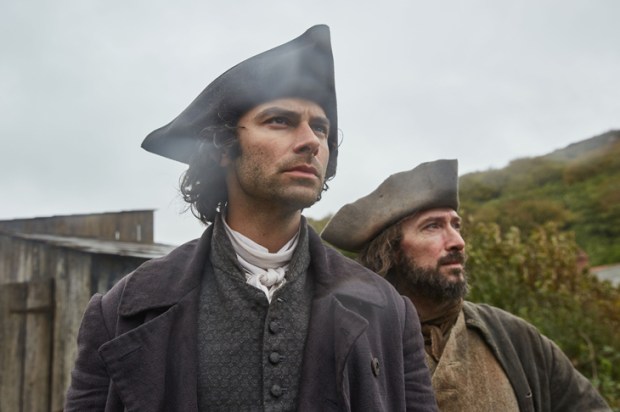
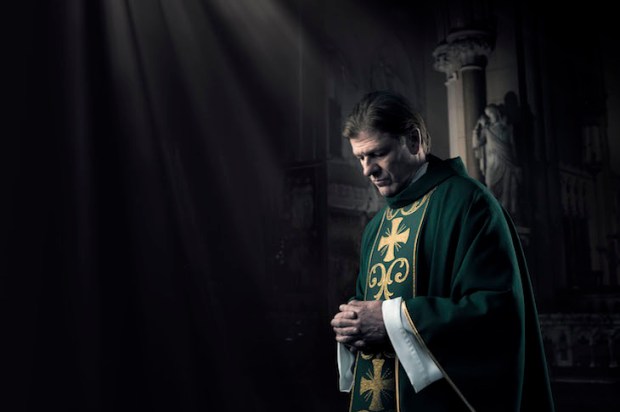






Comments
Don't miss out
Join the conversation with other Spectator Australia readers. Subscribe to leave a comment.
SUBSCRIBEAlready a subscriber? Log in